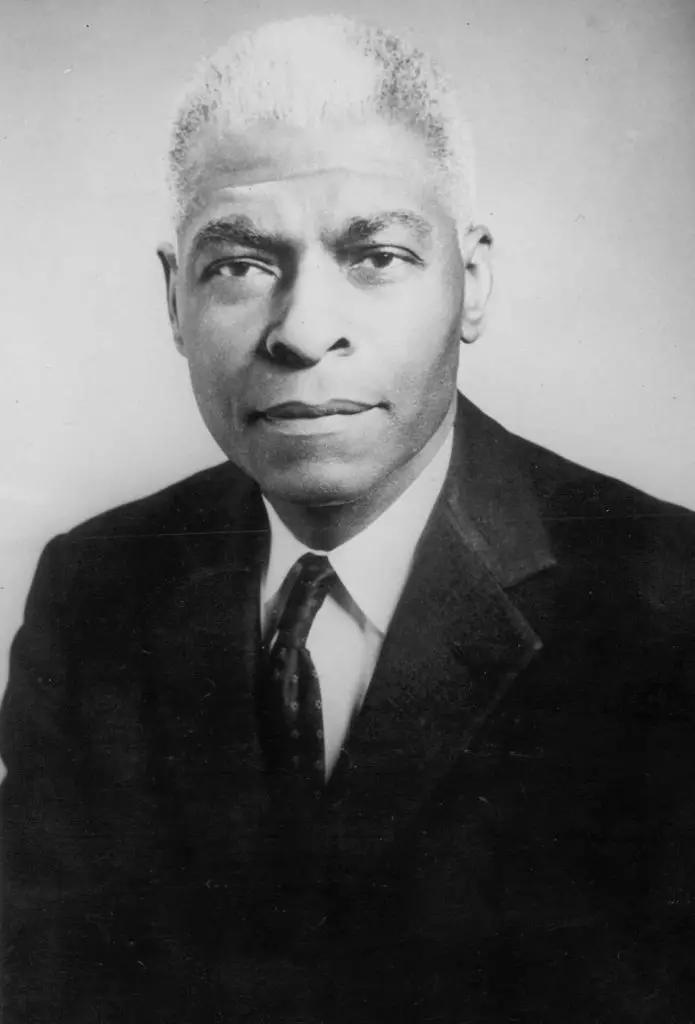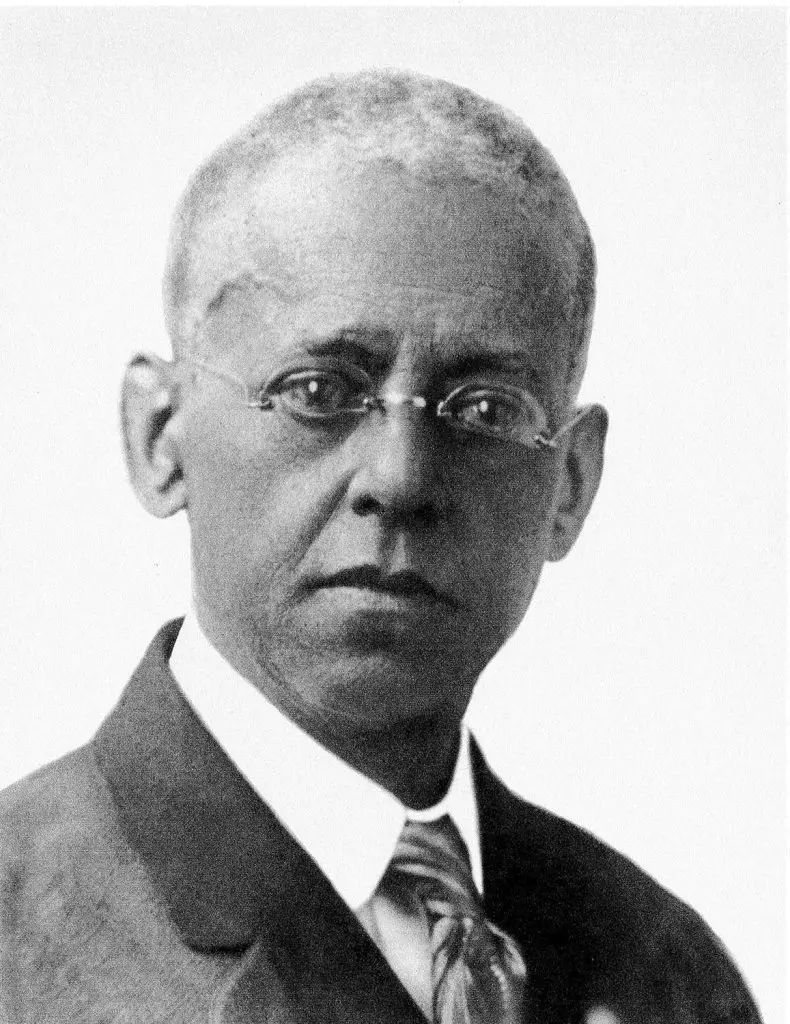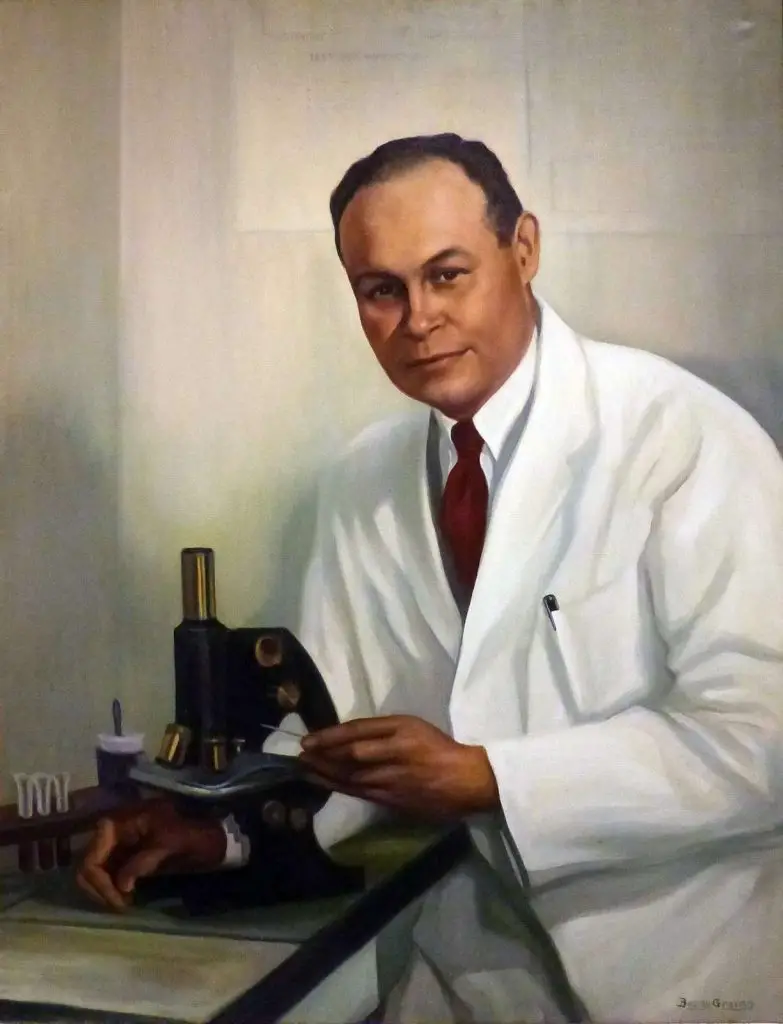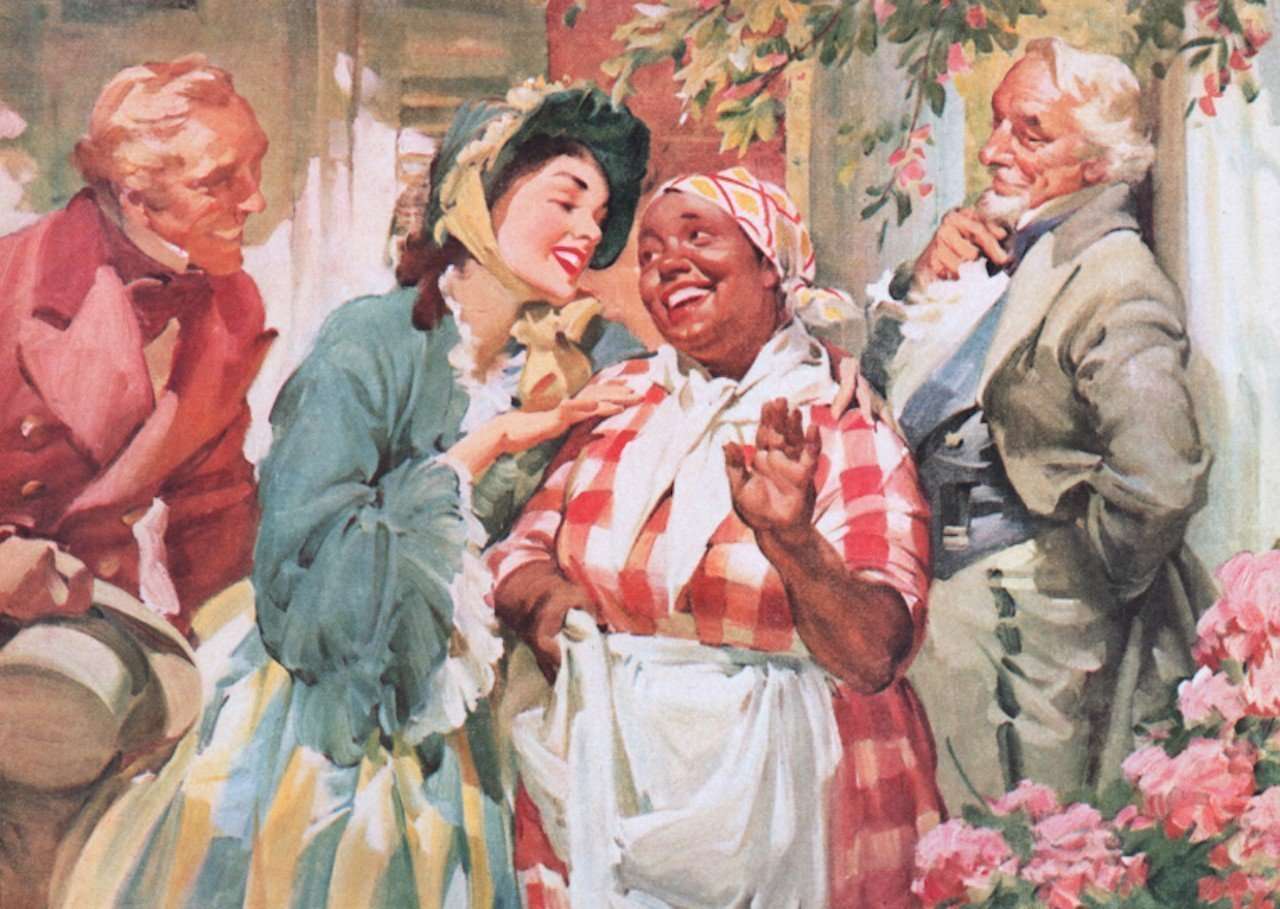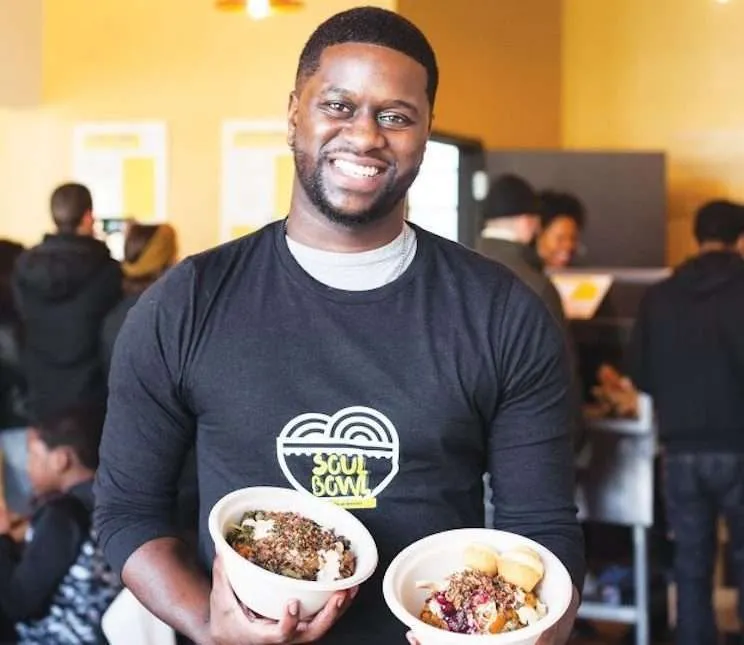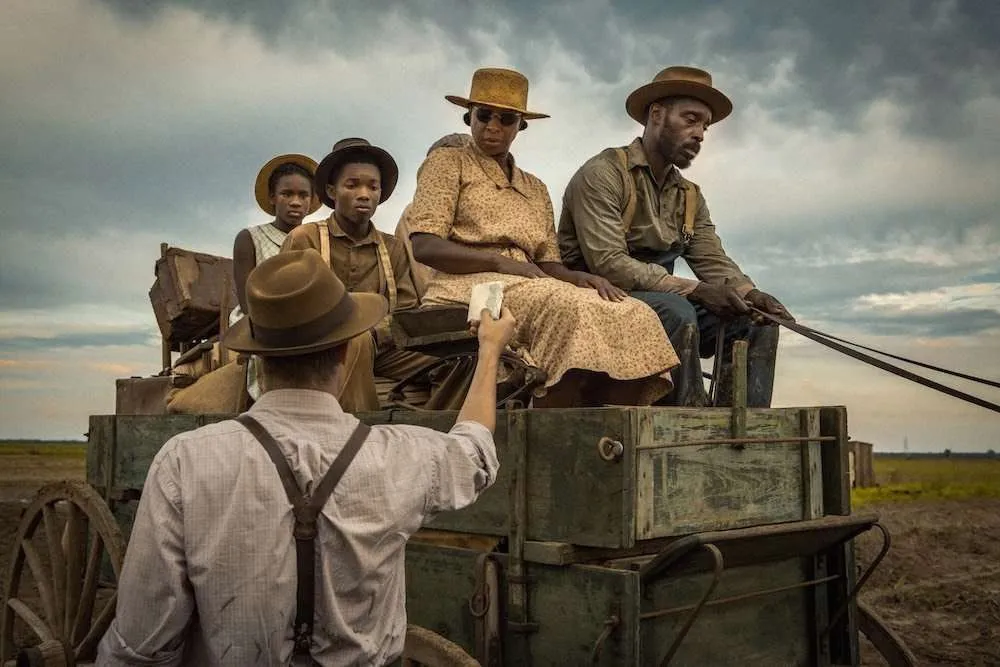Featured
21 Black Heroes They Failed to Mention in School
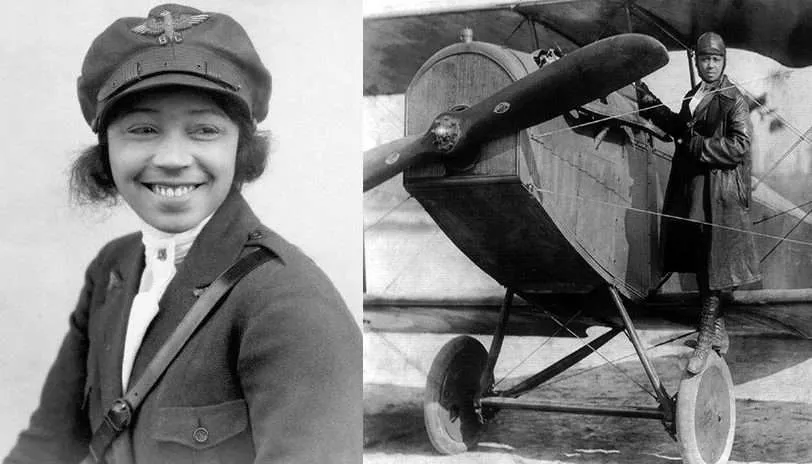
I believe everyone is familiar with Martin Luther King, Jackie Robinson, Rosa Parks, and Malcom X . These are Black heroes that everyone, whether Black or White, have to learn about in school.
Since the time we were little, we have heard about these individuals’ greatness and how all races are better off because of their sacrifices. What they fail to teach us is that there are so many others. So many other Black heroes, in fact, that it would take years to discuss their contributions.
So we wanted to take some time out to talk about just 21 Black heroes they failed to mention in school.
You might not have heard about any of them, unless maybe you took a Black history class in college, of course.
1) Benjamin Mays 
There is a no mistake that Benjamin Mays is first up on out list. It’s actually really sad because unless you have attended Morehouse, you have probably never heard of him.
Facts about Black hero Benjamin Mays
- Son of former slaves
- Credited as the mind behind the African American civil rights movement. When Martin Luther King was a young boy, it was Benjamin Mays who went to Indian to meet Gandhi to learn about the power of non-violent resistance.
- Dean of the School of Religion at Howard University in 1934
- President of Morehouse College where from 1940 to 1967, the college’s financial endowment was doubled and enrollment quadrupled
- Mays taught and influenced the minds of Martin Luther King Jr, Maynard Jackson, and Julian Bond
- King was known as Mays’ “spiritual son” and Mays his “intellectual father”. There might not be a Martin Luther King without Benjamin Mays.
- After Martin Luther King Jr died in 1968, it was Benjamin Mays who gave the eulogy and gave his “No Man is Ahead of His Time” speech.
Here is a Piece of it.
If Jesus was called to preach the Gospel to the poor, Martin Luther was called to give dignity to the common man. If a prophet is one who interprets in clear and intelligible language the will of God, Martin Luther King Jr. fits that designation. If a prophet is one who does not seek popular causes to espouse, but rather the causes he thinks are right, Martin Luther qualified on that score.
No! He was not ahead of his time. No man is ahead of his time. Every man is within his star, each in his time. Each man must respond to the call of God in his lifetime and not in somebody else’s time. Jesus had to respond to the call of God in the first century A.D., and not in the 20th century. He had but one life to live. He couldn’t wait.
- Assisted Jackie Robinson with the move from Milwaukee to Atlanta
- Served as the trusted advisor to Presidents Kennedy, Johnson, and Carter.
- Also an author
2) Lewis Latimer 
Think there would have been a lightbulb without black people, well think again. At least not the lightbulb you use today.
Facts about Black hero Lewis Latimer
- Son of runaway slaves
- US Union Navy in the Civil War at age 16
- Latimer co-invented and improved of a train water closet, a bathroom compartment for railroad trains
- Drafted the patent drawings for Alexander Graham Bell’s patent application for the telephone.
- In 1882, Lewis Latimer developed and patented a process for manufacturing carbon filaments for incandescent lamps (U.S. Patent No. 252,386, January 17, 1882). The Carbon Filament made Edison’s bulb viable by improving the quality of light. It extended the life of Edison’s bulb from minutes to hours.
- Author of Incandescent Electric Lighting: A Practical Description of the Edison System in 1890.
RELATED: The Black Spy That Infiltrated The Confederate White House
3) Ida Bell Wells-Barnett aka Ida B. Wells
Seventy years before Rosa Park’s there was the Black Heroin Ida. B Wells.
Facts about Black Hero Ida B. Wells
- Born into slavery in Holly springs, Mississippi
- Lost both parents at 16 to yellow fever, after which she went on to raise her 5 brothers and sisters.
- Seventy one Years before Rosa Parks refused to move to the back of a bus in Montgomery, Alabama, Ida B Wells (who was only twenty-two-years-old) refused to move out of her train seat. It ended up taking 3 men to remove her and also bit the hand of the conductor . Later she sued the railroad and won $500 (a lot of money in those days), but it ended up getting over turned.
- One of the founders of the National Association for the Advancement of Colored People (NAACP).
- Co-owned a newspaper, the Memphis Free Speech and Headlight. She documented lynchings when it wasn’t safe to do so. Her newspaper presses ended up being destroyed by a mob of white men.
- Praised by Fredrick Douglas
4) Bessie Coleman
 First woman of African-American descent and the first of Native American descent to hold a pilot license.
First woman of African-American descent and the first of Native American descent to hold a pilot license.
Facts about Black hero Bessie Coleman
- Born poor in a one room house in Texas in 1892 (there were 13 children)
- Attended school until 13 when she had to go work cotton fields and help support her family
- When American flight schools didn’t allow women or blacks to attend flight school, Bessie Coleman went to France to become a pilot.
- Bessie Coleman is the first person of African-American and Native American descent to earn an international aviation license from the Fédération Aéronautique Internationale.
- In 2006, she was inducted into the National Aviation Hall of Fame.
5) Charles R. Drew
 Without this man, thousands more would have died in World War II.
Without this man, thousands more would have died in World War II.
Facts about Black hero Charles R. Drew
- When many schools barred African Americans from entering a doctors program, Charles R Drew went to Canada to study
- At Mcgill University in Montreal, Canada, Charles R. Drew graduated with degrees in both a Doctor of Medicine and Master of Surgery.
- In 1935 he returned to teach at Howard University in Washington D.C.
- In 1938 Charles R Drew went to study at Columbia University. It was here Drew and his partner Dr John Scudder figured out a better way to preserve blood for Blood Transfusions. While blood in whole is difficult to preserve, the blood without the cell could last longer (the Blood Plasma).
- Due to this discovery, Charles Drew was recruited to set up and administer a team called the Blood for Britain project to send Blood Plasma to the United Kingdom during World War II. Because of his discovery blood could now be safely transported from the United States to the UK. This saved thousands of lives.
- He went on to work with the American Red Cross to develop “Blood Banks”
- Charles R Drew ended up resigning from the Red Cross when he found out blood was not being disrupted fairly to African Americans. The Red Cross at the time was segregating blood based on race.
6) Robert Smalls
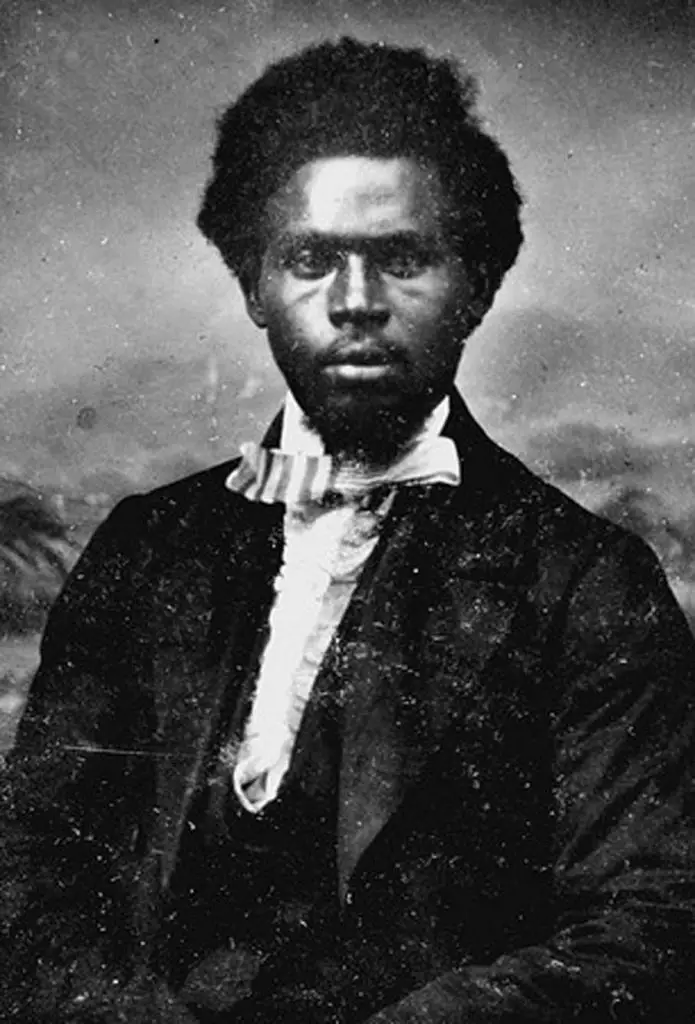
From slave to hero to a member of the House of Representatives
Facts about Black hero Robert Smalls
- Robert Smalls was born into slavery and worked as a slave until he was 12
- Making $15/month, Small saved 800 dollars to free his daughter and wife from slavery.
- In 1861, Robert Smalls, who at the time was working as a deckhand on the CSS Planter (a Civil War Confederate Ship), took over to transport his wife, children, and twelve other slaves. Together they sailed the ship past five Confederate posts (each of which needed either a whistle or special hand signal to pass) into Union territory.
- This feat helped convince Abraham Lincoln to allow African Americans into the Union Army
- After becoming a hero in the North, Robert Smalls went on to fight in at least 17 major battles in the Civil War, later becoming the first ever African American Captain of a US Vessel.
- After the Civil War, Robert Smalls had enough money to move back to his home town in Beaufort where he purchased his former master’s house
- There he also purchased a two-story Beaumont building to use as a school for African-American children.
- In 1874, Smalls was elected to the House of Representative
7) Arthur Ashe

Before Venus and Serena Williams, there was Arthur Ashe.
Facts about Black hero Arthur Ashe
- First African-American to win the National Junior Indoor tennis title
- In 1968, when the still-amateur Ashe won the U.S. Open title — he became the first, and still the only, African-American male player to do so.
- Won the 1970 Australian Open
- In 1975, he became the first African American to win at Wimbledon.
- At one time he ranked number one in the world.
- Named Sports Illustrated Sportsman of Year in 1992
- Awarded the Presidential Medal of Freedom in 1993 for his fight against South African apartheid.
8) Matthew Henson
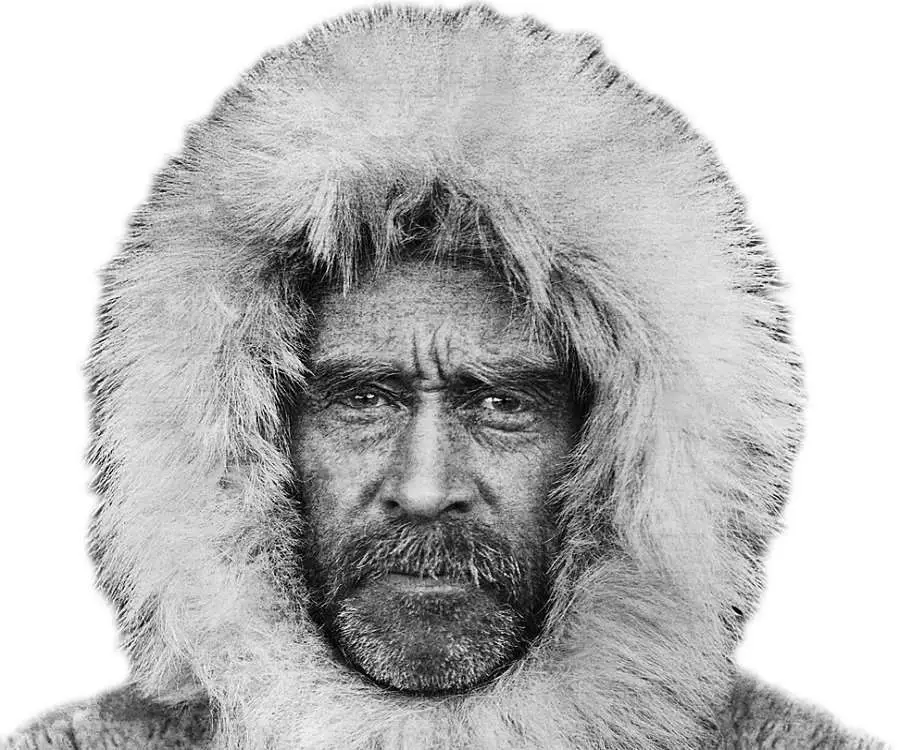
Probably the first person ever to reach the North Pole.
Facts about Black hero Matthew Henson
- Born in 1866, Matthew Henson’s parents were sharecroppers freed from slavery right before the American Civil War.
- Both Parents died when Henson was still a child.
- As an orphan, at around the age of thirteen, Matthew Henson went on to become a cabin boy on the merchant ship Katie Hines, traveling all over the world. Some of the places he traveled to included China, Japan, and Africa.
- Commander Robert E. Peary hired Henson and the two formed a relationship that would last over two decades.
- Together, the two would make multiple attempts to reach the North Pole. Henson even learn the local Eskimo (Inuit) language and arctic survival skills.
- In 1909, Peary selected Henson and four Inuit as part of a team of 6 that would make eight attempts to be the first to reach the North Pole.
- After Peary became ill during the expedition, he sent Henson ahead as a scout. Henson went on to probably be the first person to ever set foot on the North Pole.
- In 1944, Henson was given the Congressional Medal
9) Jan Ernst Matzeliger
Every time you step foot outside, you should look down and thank Jan Ernst Matzeliger.
Facts about Black hero Jan Ernst Matzeliger
- Born on a coffee plantation in Dutch Guiana, now called Suriname.
- In 1877, at around the age of 25, Jan Matzeliger moved to Massachusetts (center of the shoe industry) to pursue work in the shoe industry.
- At first, Matzeliger had a difficult time finding work speaking little English, but eventually found work as a shoe apprentice in a factory
- At the time, the top of the shoe and the sole had to be but together by hand. The people that would do this were called “hand lasters” and even the best ones could put together at most 50 pairs of shoes in a 10 hour work day. This made shoes cost a lot of money.
- On March 20 1883, Matzeliger received a patent for his Lasting Machine. This dramatically increased the number of shoes that could be made from 50 pairs to 700 pairs of shoes each day. This allowed lower priced shoes available to everyone.
RELATED: The Incredible Story Behind The Oldest Known Portraits Of A Black Couple In America
10) Thomas L Jennings
 Next time you pick up your dry cleaning, thank Thomas L Jennings.
Next time you pick up your dry cleaning, thank Thomas L Jennings.
Facts about Black hero Thomas L Jennings
- Prominent business owner in New York City
- Jennings noticed that a lot of clothes would get ruined because of the cleaning methods at the time. So he came up with a new formula called “dry scouring” now referred to as dry cleaning.
- Became the first black man to receive a US patent because he was a free man, making a fortune for his work.
- Jennings used a lot of his money to support abolitionist activities.
11) Garrett Morgan

Responsive for the Stop Light and Gas Mask.
Facts about Black hero Garrett Morgan
- Son of former slaves
- In 1907, Morgan opened his own sewing equipment and repair shop that employed over 32 employees.
- In 1909, Morgan came up with a solution that helped make blacks hair straight. The company was incredibly successful
- In 1914, Morgan patented a breathing device aka the safety hood, basically an old school gas mask.
- In 1916, Morgan made national news with is brother Ernie and a team of volunteers that saved 32 men trapped 250 feet under Lake Erie using the new “gas masks”. After the rescue, Morgan’s “Gas Mask” received national press and received orders from fire departments around the country.
- The Gas Mask were also later used by the U.S. Army during World War I
- Being one of the first African Americans to own a car in Cleveland, Morgan witnessed a car crash between a car and horse drawn carriage. This inspired him to come up with a design for an inexpensive traffic signal.
- The patent was granted on November 20, 1923 for the Stop Light design.
- Founded the Cleveland Association of Colored Men. Later this group merged with the NAACP
- Donated money to Negro colleges.
12) Sojourner Truth
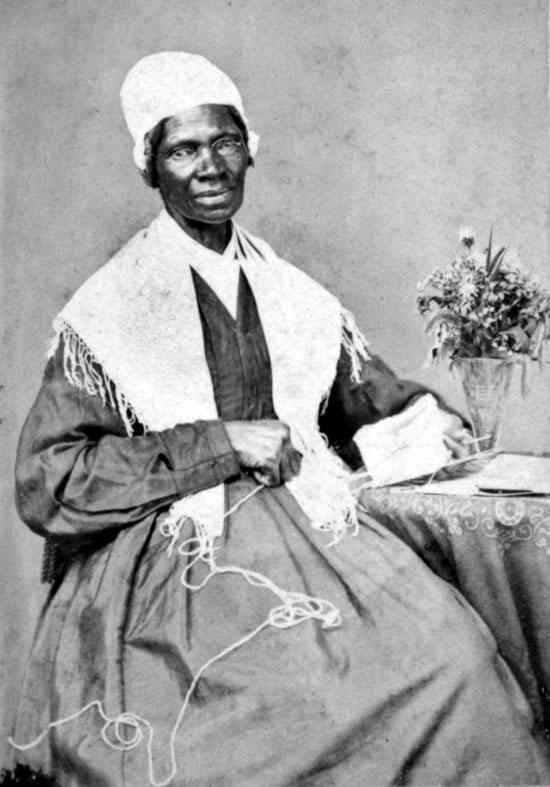
In 2014, this African American abolitionist and women’s rights activist was included in Smithsonian magazines’s list of the “100 Most Significant Americans of All Time”
Facts about Black Hero Sojourner Truth
- Sojourner Truth was born into slavery. In 1806, at the age 9, she was sold at an auction with a flock of sheep for $100. At the time she only spoke Dutch. She later would be sold 3 more times.
- In 1828, after her 5 year old son was sold illegally to an owner in Alabama, Truth took the issue to court and got her son back. Truth became the first black woman to go to court against a white man and win the case.
- In 1851, she delivered her famous speech “Ain’t I a Woman?” speaking out for women’s and African American rights.
- In 1864, Truth worked for the National Freeman’s Relief Association in Washington D.C. There she met President Abraham Lincoln.
- In 1865 Truth rode in streetcars to help force desegregation .
13) Vincente Guerrero

Yes there are Blacks in Mexico and one of them was a President
Facts about Black hero Vincente Guerrero
- Vincente Guerrero was born in Tixtla to his mother Maira de Guadalupe Saldana, a woman of African descent and his father Pedro Guerrero, a Mestizo (Indian).
- In 1810, Guerrero enlisted in Maria Morelos’s insurgent army to fight for Mexico’s independence.
- In 1816, the Spanish government offered amnesty to Guerrero’s insurgency. He refused.
- Later, Guerrero became Commander in chief of the independence movement and joined with General Agustin de Iturbide, a man originally sent to stop Guerrero from the royal government
- Together they formed the Army of the Three Guarantees and came up with The Plan of Iguala which proclaimed independence. In the Plan Clause 12 read “All inhabitants . . . without distinction of their European, African or Indian origins are citizens . . . with full freedom to pursue their livelihoods according to their merits and virtues.” This is something Guerrero demanded.
- Guerrero was elected the second President of Mexico in 1829.
- Guerrero formally abolished slavery on September 16, 1829.
- It is said that a lot of Mexicans call him “The Greatest Man of Color.”
14) Elijah Mccoy 
Did you ever wonder where the saying the “Real McCoy” came from?
Facts about Black hero Elijah Mccoy.
- Born in Canada to two former slaves who escaped through the underground railroad.
- His parents saved enough money to send him to Scotland where he could study mechanical engineering. After, he returned to the United States where he was only able to find work as a Fire/Oilman
- In 1872, he developed the “lubricating cup”. This would automatically drip oil to axels and bearings. Before this invention trains had to stop every couple of miles so that oilmen walk alongside the train applying it by hand.
- When others tried to copy his invention, many train companies would turn them down saying they wanted the “The Real MCCOY.”
- Versions of the invention would later be used in steam engines, naval vessels, and all types of other construction sites.
- Later he went on through his “Elijah McCoy Manufacturing Company” to paten the portable ironing board and the lawn sprinkler
- Throughout his life, he had over 57 patents most dealing with lubricating systems.
15) Phillis Wheatley

First published African-American female poet.
Facts about Black hero Phillis Wheatly.
- Wheatly was seized from Senegal when she was about 7 or 8 years old and sent to North America.
- Wheatly was sold to a prominent Boston family who taught her how to read and write.
- In 1773, she published a book of her poems called “Poems on Various Subjects”, making her the first published African American female poet.
- Wheatly was the third woman period in America to publish a book.
- In 1776, she was invited to meet George Washington
- She was one of the most famous people of her day.
16) Granville Woods

Known by many to be “The Black Edison”. Maybe we should call Edison “The White Granville T. Woods”.
Facts about Black hero Granville T Woods.
- Left school at the age of 10 to help raise money due to his family’s poverty.
- Woods found work as a machinist and blacksmith.
- He studied mechanical and electrical engineering in college from 1876-1878, making him the first African American to be a mechanical and electrical engineer
- Woods would later invent and patent the Tunnel Construction for the electric railroad system
- In 1885, Woods patented a piece of equipment that combined the telephone and telegraph. This allowed a telegraph station to send voice and a telegraph message.
- In 1887, he patented the Synchronous Multiplex Railway Telegraphy which allow communications between train stations from moving trains. Thomas Edison tried to claim this patent but was defeated twice.
- Held over 50 patents.
17) Benjamin Banneker
Known by many as the first African-American man of science.
Facts about Black Hero Benjamin Banneker.
- Largely self educated, he was known as a talented farmer, mathematician, astronomer, and author.
- In 1753, at age 22, Benjamin Banneker engineered the first striking clock in America made completely out of wood. The clock kept accurate time for more that 40 years.
- Benjamin Banneker was an avid astronomer, predicting the Solar Eclipse on April 14 1789.
- In 1792, he started publishing his own series of Almanacs
- Thomas Jefferson was very impressed with his work, sending his Almanacs all over Europe. The world was amazed by the work of a “black man”
- Banneker was a member of the team that helped in designing the city of Washington D.C.
18) Mary Church Terrell

One of the First African American women to earn a college degree
Facts about Black hero Mary Church Terrell.
- Daughter of former slaves, Terrell’s parents became members of the Black Elite of Memphis after the Civil War.
- Her Father, Robert Reed Church, was one of the South’s first African American millionaires
- She earned her Bachelor degree in 1884, making her one of if not the first African American Woman to do so.
- She studied in Europe for two years, where see became fluent in French, German, and Italian.
- Married a lawyer who became Washington DC’s first black municipal court judge.
- She was a contributor to the Washington Post.
- Worked with Fredrick Douglass on Civil Rights campaigns.
- First President of National Association of Colored Women (NACW) and also founded the National Association of College Women
- Founding member of the NAACP.
- President of the Women’s Republican League during the election of Warren G Harding. The election led to the right for all women being able to vote.
- It is said that she continued in social activism all the way into her 80’s.
19 ) Mary Ellen Pleasant
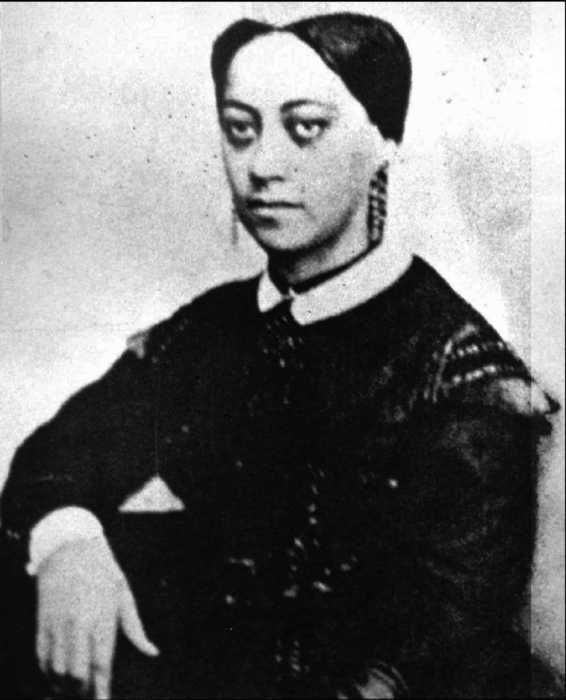
Known as “The Mother of Human Rights in California”
Facts about Black hero Mary Ellen Pleasant.
- Worked herself out of bondage
- Worked on the Underground Railroad.
- When she moved to California in 1852, she established another Underground Railroad to California.
- Helped establish the Bank of California.
- Financially supported John Brown.
20 ) George Edwin Taylor
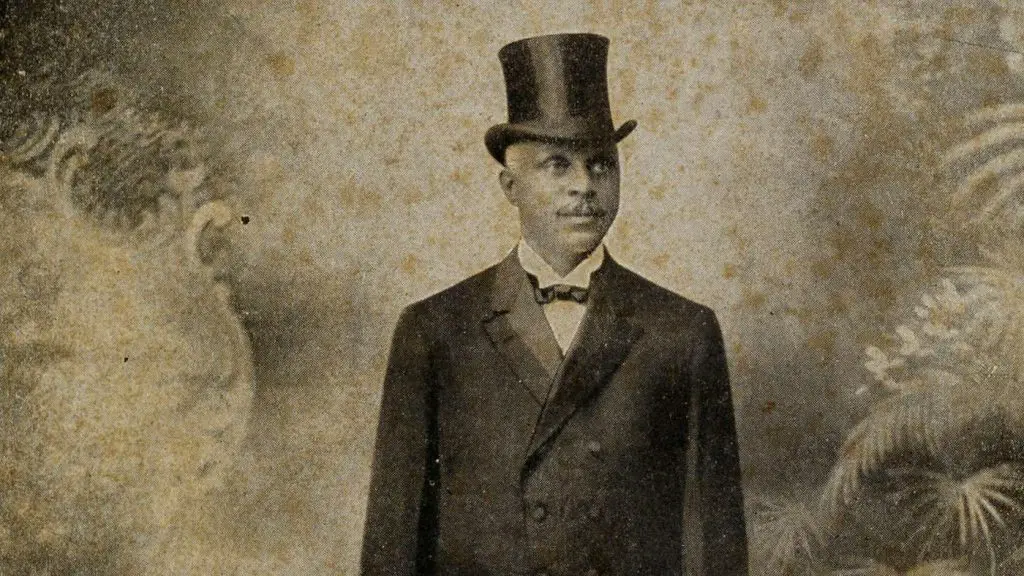
Long before Shirley Chisholm and Barack Obama, there was the first brave African American to run for President.
Facts about Black hero George Edwin Taylor
- His father was a Slave
- After his mother died, Taylor became an orphan.
- Owned and operated a newspaper called the “Negro Solicitor” in Iowa.
- Founder and President of the Negro Inter State Free Silver League. President of the National Knight of Pythias, President of National Negro Democratic League.
- In 1904, he ran for President in the newly formed National Negro Liberty Party when it was very dangerous to do so.
21) Otis Boykin
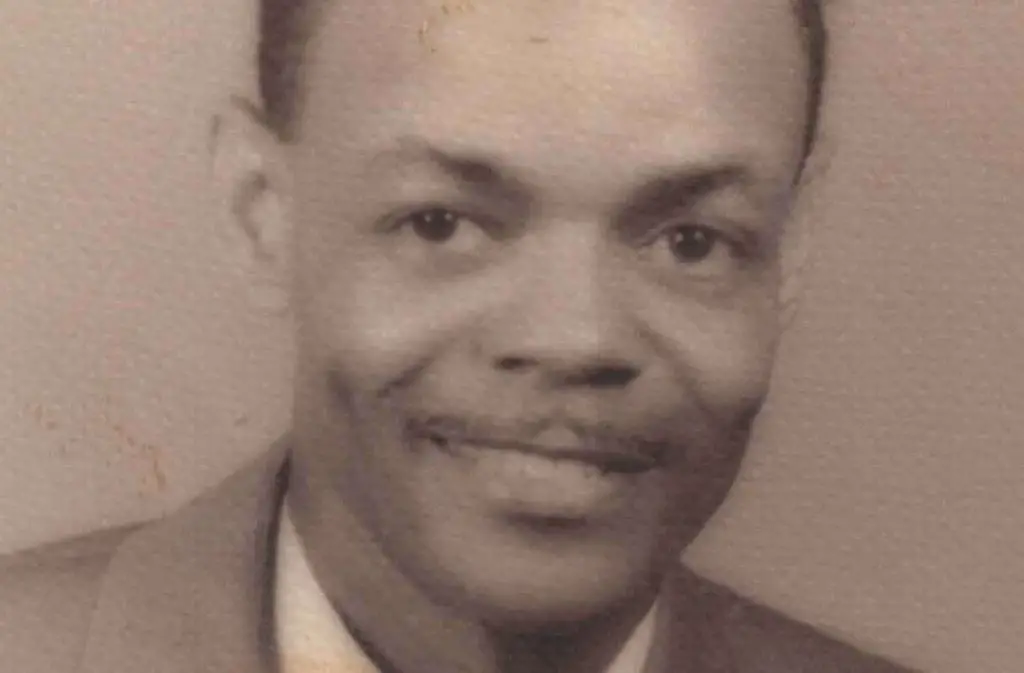
Who invented the Pacemaker? An African American named Otis Boykin
Facts about Black hero Otis Boykin
- Mother died of heart failure when Otis was a year old.
- He patented 28 electronic devices
- Provided small resistors for computers
- Invented a control unit for the artificial heart pacemaker
So there you have it! 21 Black heroes that I never learned about in school.
Make sure you read up on their entire stories and seek out the hundreds of others that didn’t make it in our history books.
References
http://www.blackpast.org/
http://blackinventor.com/
https://www.wikipedia.org/
https://www.biography.com/

